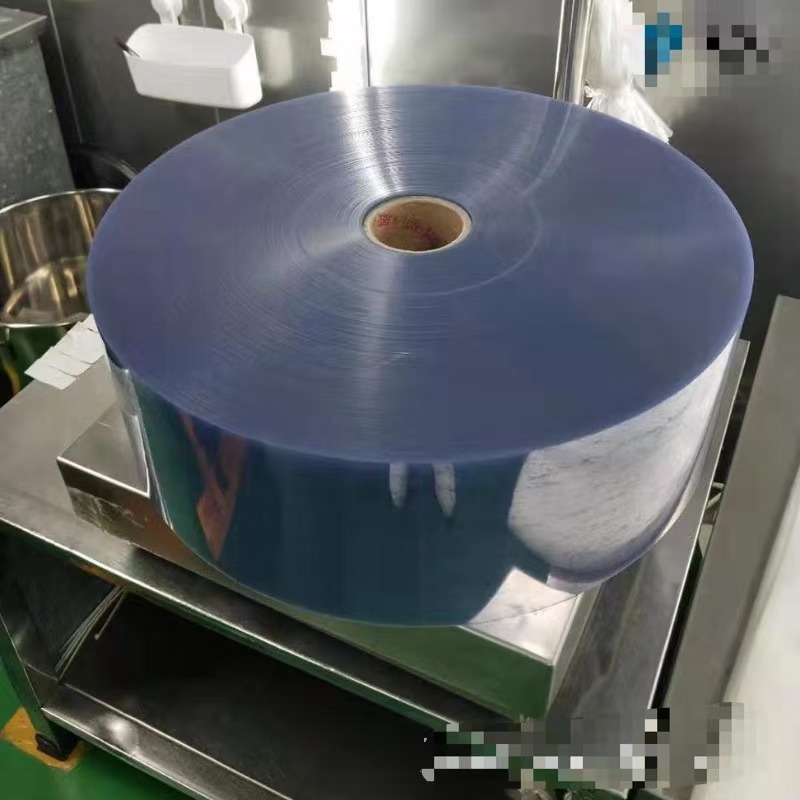TL-PVC-0048TL-PVC-0048
7 month agoThe Use of PVC Film in Pharmaceutical Packaging》

Introduction
In the field of pharmaceutical packaging, the choice of materials is crucial to ensure the safety, stability, and effectiveness of drugs. Polyvinyl chloride (PVC) film has emerged as a widely used material due to its unique properties and versatility. This article will explore the various applications of PVC film in pharmaceutical packaging, including blister packaging, composite blister packaging, and other aspects. We will discuss its advantages, challenges, and future prospects.

I. Properties of PVC Film
PVC film is a thermoplastic material that offers several desirable properties for pharmaceutical packaging.
1. Chemical Resistance
PVC film is highly resistant to a wide range of chemicals, including acids, alkalis, and solvents. This property makes it suitable for packaging drugs that may come into contact with various substances during storage and transportation.
2. Barrier Properties
PVC film provides a good barrier against moisture, oxygen, and light. This helps to protect drugs from degradation and maintain their potency.
3. Flexibility and Durability
PVC film is flexible and can be easily formed into various shapes and sizes. It is also durable and can withstand handling and transportation without damage.

4. Transparency
PVC film is transparent, allowing for easy inspection of the packaged drug. This is important for ensuring the quality and integrity of the product.
5. Cost-effectiveness
PVC film is relatively inexpensive compared to other packaging materials, making it an attractive option for pharmaceutical manufacturers.

II. Applications in Blister Packaging
Blister packaging is one of the most common applications of PVC film in pharmaceutical packaging.
1. Structure of Blister Packaging
Blister packaging consists of a thermoformed PVC film that creates individual cavities for the drugs. These cavities are then sealed with a backing material, usually aluminum foil or paperboard.

2. Advantages of Blister Packaging
• Protection: Blister packaging provides excellent protection for drugs by isolating them from external factors such as moisture, oxygen, and light.
Similar Video Recommendation
You May Also Like
If you are interested in the product, contact Bossgoovideo.com for more information
- *To:
- Shandong Top Leader Plastic Packing CO., LTD
- *Message:
-
Submit
Main Product:
PVC Rigid Film,
PET PETG Rigid Film,
HIPS Film,
PC Film ,
PP Film,
Other plastic packaging products
You May Also Like


















